Thomas Bayrle: One Day on Success Street Until 26 March 2017
While work continues on the Institute of Contemporary Art’s planned permanent home, Miami’s youngest art institution is operating out of the Moore Building in the Design District. On show in this airy, shopping-mall-like space is the first US museum presentation of work by the German artist Thomas Bayrle, whose large-scale installation Wire Madonna (2016) is to be found in the building’s atrium—bait for eager Instagrammers.
The exhibition surveys Bayrle’s 50-year career, with around 160 works. According to Alex Gartenfeld, ICA Miami’s deputy director and chief curator, they include “handmade wood and cardboard representations of highways rendered as landscapes, as well as photo collages, silkscreens and paintings that reference consumer culture and political and commercial figures”. The transformation of the human figure in the media world is a recurrent theme in Bayrle’s work. In a video from the 1970s, a cityscape transforms into the terrorist Carlos the Jackal. It’s the kind of programming you won’t find anywhere else in Miami this week.
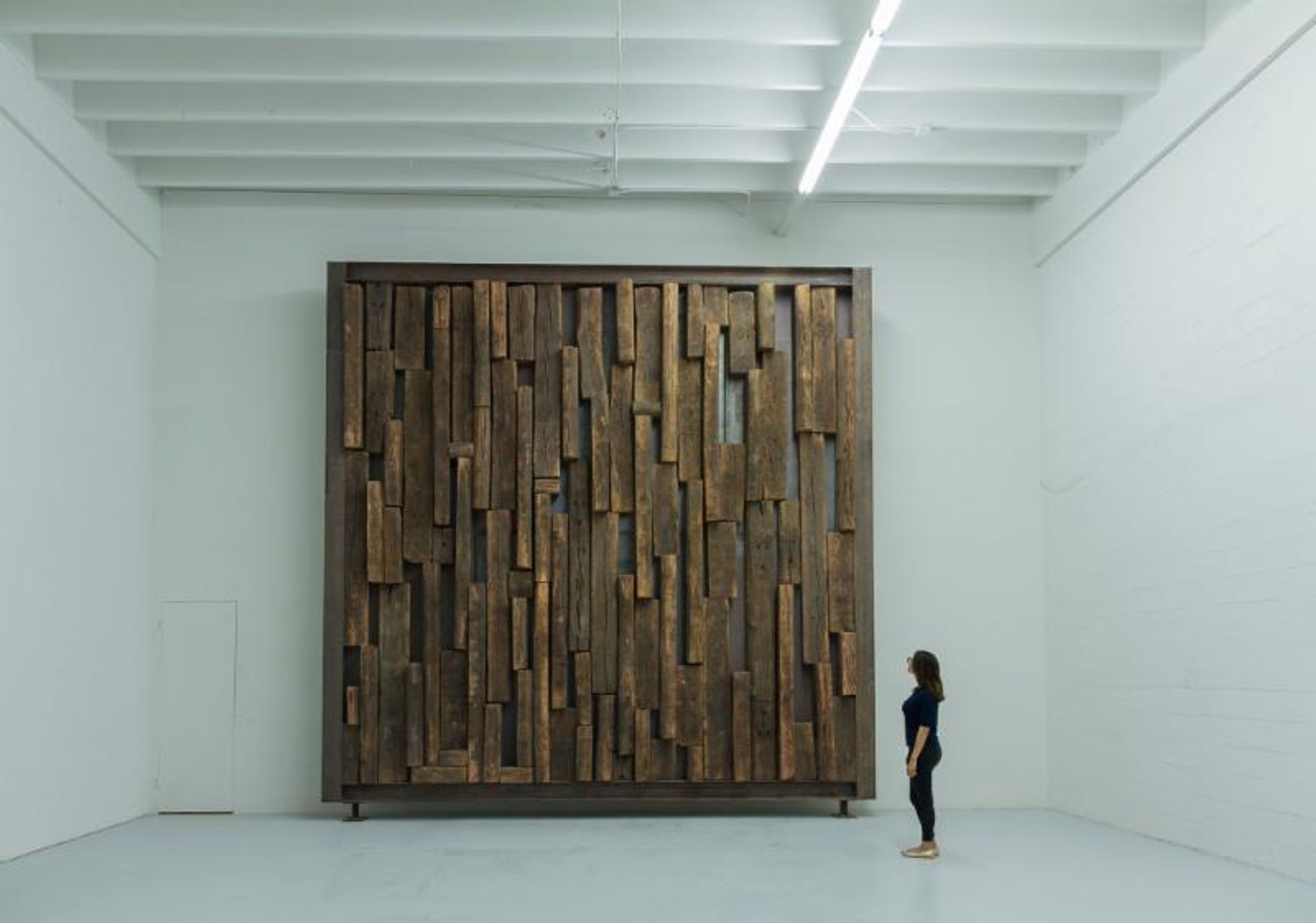
Jannis Kounellis: Paintings 1983-2012 Until 29 April 2017
The Margulies Collection at the Warehouse
Interest in Kounellis has been steadily on the rise since his Tate Modern show in 2009, and there were queues around the block to see the artist’s 1969 work Untitled (12 Horses)—which used live animals—when it was shown in the summer of 2015 at Gavin Brown’s Enterprise in New York. All the same, the Miami collector Martin Margulies balked at the idea of staging it at his warehouse space, where a show of Kounellis’ work opened in October. “New York is used to stuff like that,” Margulies said in an interview. “They wanted to do it in Miami, and I said, ‘I’d have a line of animal protesters all over the place!’”
The latest show does not lack ambition, however. Seven impressive works dating from between 1983 and 2012 have been installed with the assistance of Kounellis’s studio. They include Untitled (1985-97) a 16.5ft-high “sculptural painting”—as the artist refers to all of his work—made of steel I-beams and railway sleepers, which dominates one wall of the warehouse.

High Anxiety: New Acquisitions Until 25 August 2017
The Rubell Family Collection has a unique place in the landscape of the art world. While it remains a strong Miami institution in its own right, market-makers and hangers-on, as well as intellectuals, follow the family’s movements. Just about everyone wants to know what the Rubells have been up to, and this week they’ll find out.
The main show this season, High Anxiety, features works from Don and Mira Rubell’s recent, prolific art buying. “We’ve actually never done a recent acquisitions show,” the collection’s director, Juan Roselione-Valadez, says, “and we’re very much in the acquisition business here, so we wanted to take a cross-section and look at the highlights.”
The Rubells have acquired 407 works since 2014; the pieces in High Anxiety are all drawn from that period. The show aims to mix generations, with works by established artists such as Isa Genzken and Hito Steyerl; next-generation voices like Ryan Trecartin; and buzzy up-and-comers like Anne Imhof—the subject of a trilogy of shows this year in Basel, Berlin and Montreal—and Frank Benson, whose lifesize 3D printed sculpture of a transgender fellow-artist, Juliana (2014-15), was the face of the New Museum’s 2015 triennial.
The show was named before the outcome of the US presidential election and refers to a more generalised state of unease, with artists drawing on gender politics, colonialist heritage, war in the Middle East and a threatened pandemic. “Zika is in the background here,” Roselione-Valadez adds.
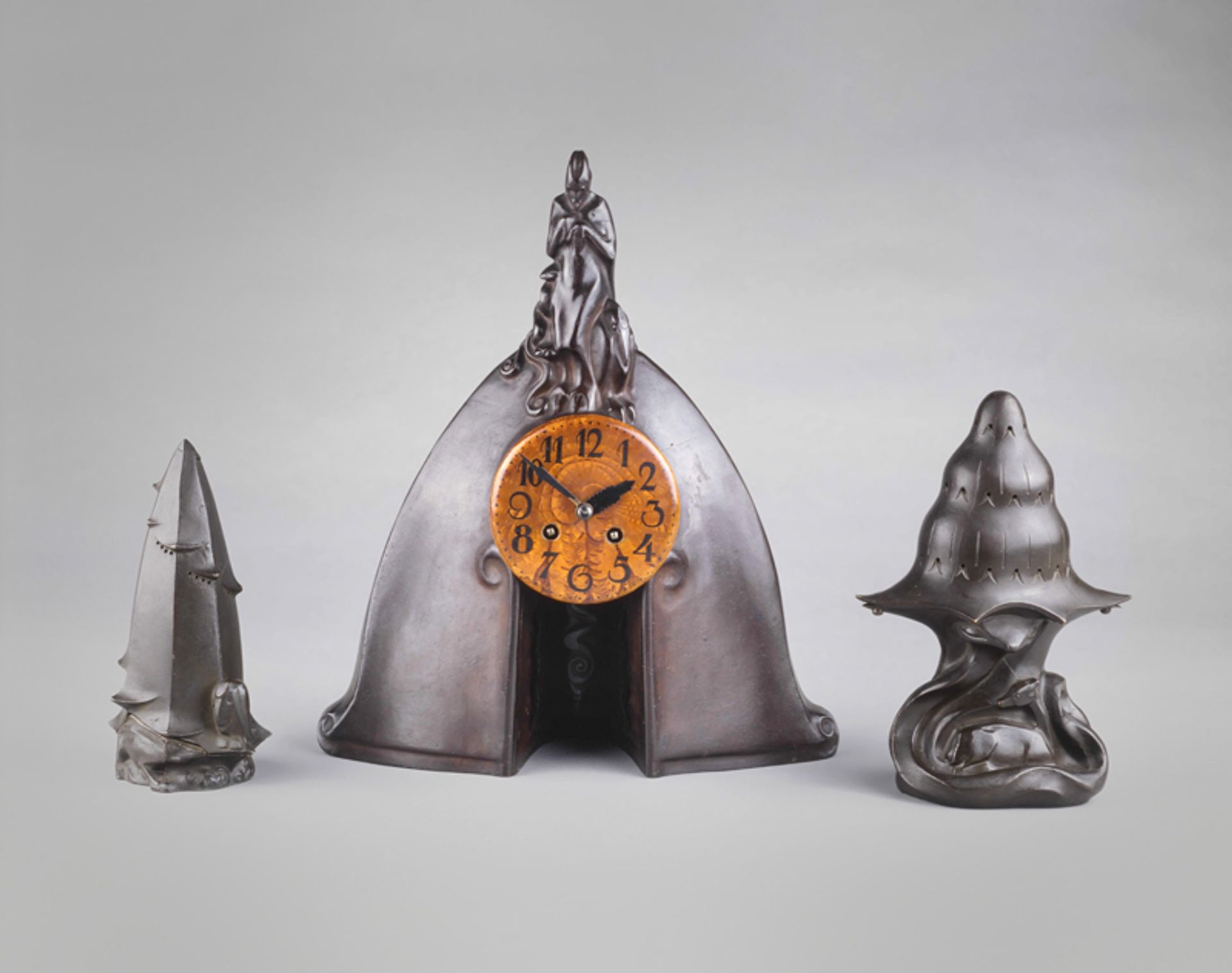
Modern Dutch Design Until 11 June 2017
Wolfsonian-Florida International University
The Wolfsonian-FIU Museum is home to the largest collection of pre-war Dutch design and decorative art objects outside Of the Netherlands. This exhibition features around 200 pieces from its holdings, including furniture, posters and decorative objects, plus a handful of loans. Represented here are major Dutch design groups such as the Nieuwe Kunst, which was connected with the British Arts and Crafts Movement; the Amsterdam School (more of a homegrown movement); and the Minimalist, primary-coloured work of De Stijl—probably now the best known of the three, due to its links with abstract art and Bauhaus, says the show’s curator, Silvia Barisione.
Members of the Nieuwe Kunst and Amsterdam School were, Barisione says, “essentially socialists, but [working] for a rich clientele”. They contributed to civic projects such as housing and also used graphic design to promote social change—seen, for example, in a poster by Jan Toorop for the proto-feminist National Exhibition of Women’s Labour in 1898. Victoria Stapley-Brown
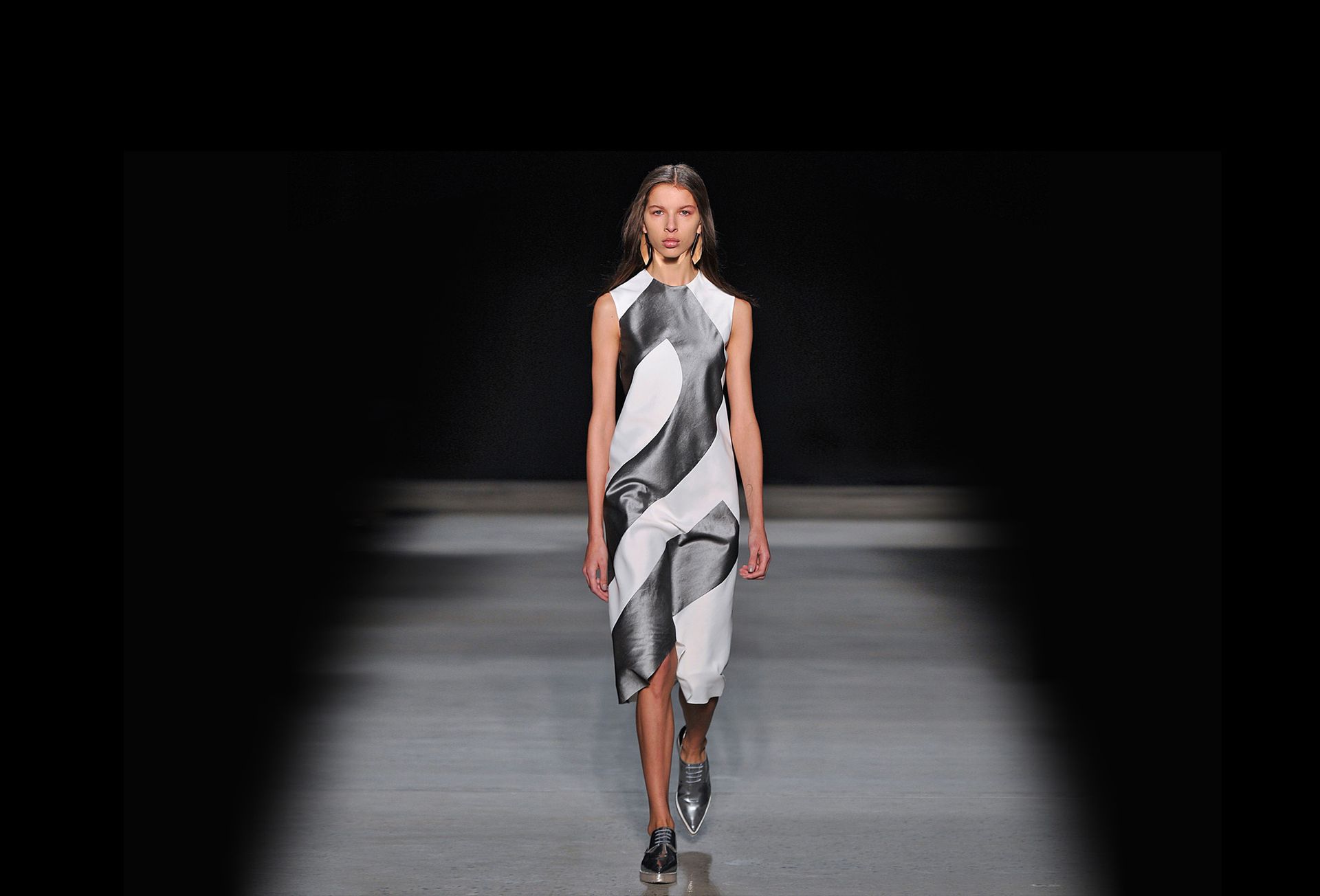
Narciso Rodriguez: an Exercise in Minimalism Until 8 January 2017
Patricia & Phillip Frost Art Museum
Known for his sleek, geometrically inspired fashions and dramatic palette, the Cuban-American fashion designer Narciso Rodriguez is a favourite of Michelle Obama, and also of the creatively clad denizens of the art world. With this show, conceived with the Frost Museum director Jordana Pomeroy, Rodriguez returns the love, pairing his fashions with Modern and contemporary works of art from the Ella Fontanals-Cisneros collection and the Frost’s own holdings.
Taken together, it’s easy to spot Rodriguez’s inspiration in hard-edged, Minimal works by Lygia Clark, Antonio Llorens, Mira Schendel, Alberto Menocal, Donald Judd and more. His autumn 2016 collection, in particular, owes a strong debt to his countrywoman Carmen Herrera, represented here by Tondo: Black and White (1959) and the striped print Black and White (2009). The designer translates her razor-sharp diagonals into flowing silk and wraps them around body-skimming slips. Colour seems to rub off on Rodriguez, too, with hues related to the scorching red of Maria Freire’s 21 de Enero (1957) seen across several coats and sheaths.
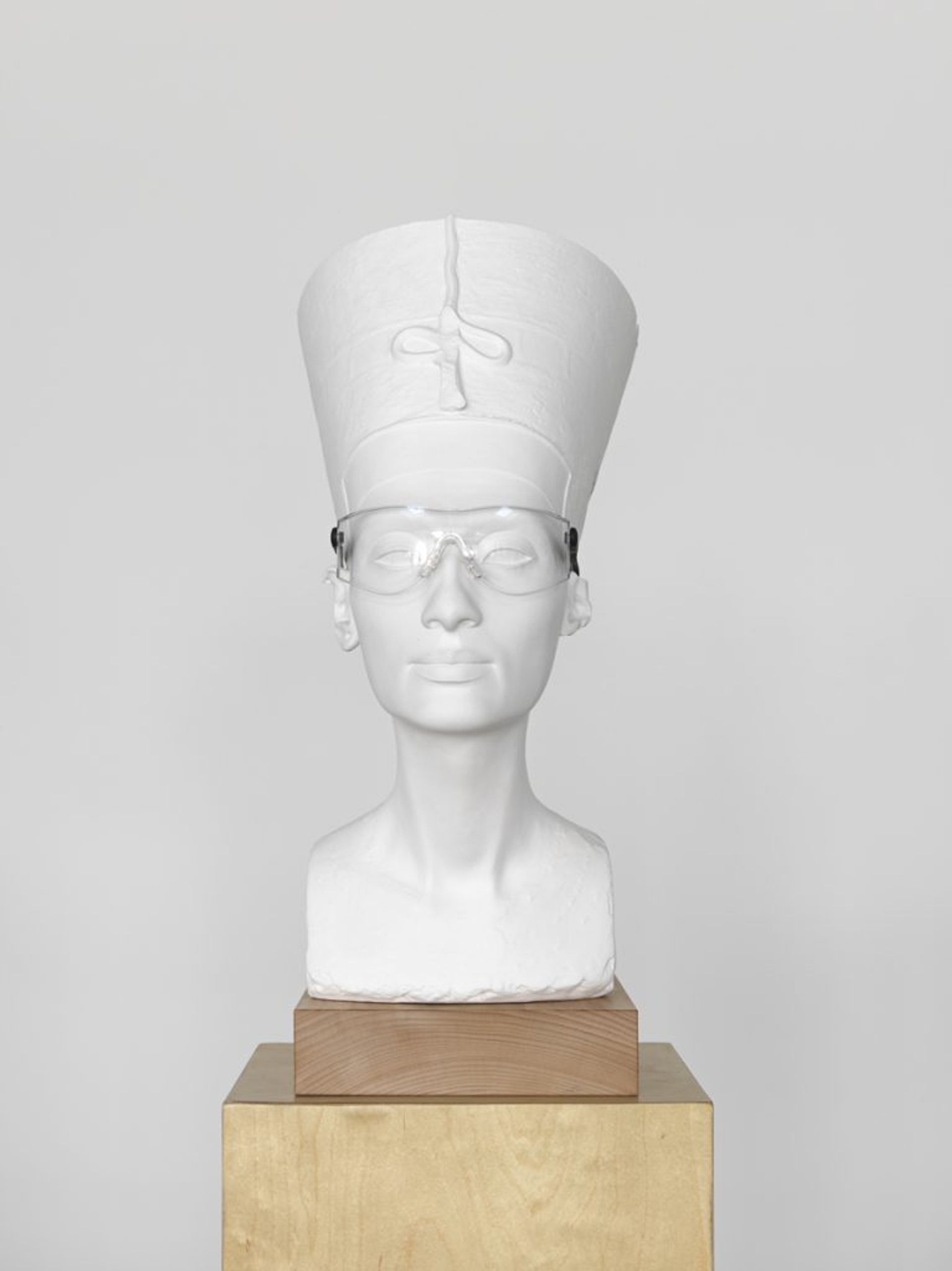
Progressive Praxis Until 28 November 2017
With this show, the museum aims to emphasise its mission to “always accept new ideas and new forms, and to always extend our collection by looking toward the future”, says Rosa de la Cruz, the Miami collector who co-founded the private museum with her husband Carlos de la Cruz in 2009. “There are people who only collect a certain artist but, like the title suggests, we’re always in praxis,” de la Cruz says, “Art is not about staying stuck in one moment.”
A highlight is Nefertiti Sculpture (2015) by the German artist Isa Genzken, a plaster bust of the ancient Egyptian queen wearing glasses. Another is an installation by the late Cuban-born artist Félix González-Torres, Untitled (Portrait of Dad) (1991), one of the artist’s well-known interactive mint candy piles, which visitors are encouraged to sample. The show features around 150 paintings, sculptures, video installations and other works of art by 47 artists.
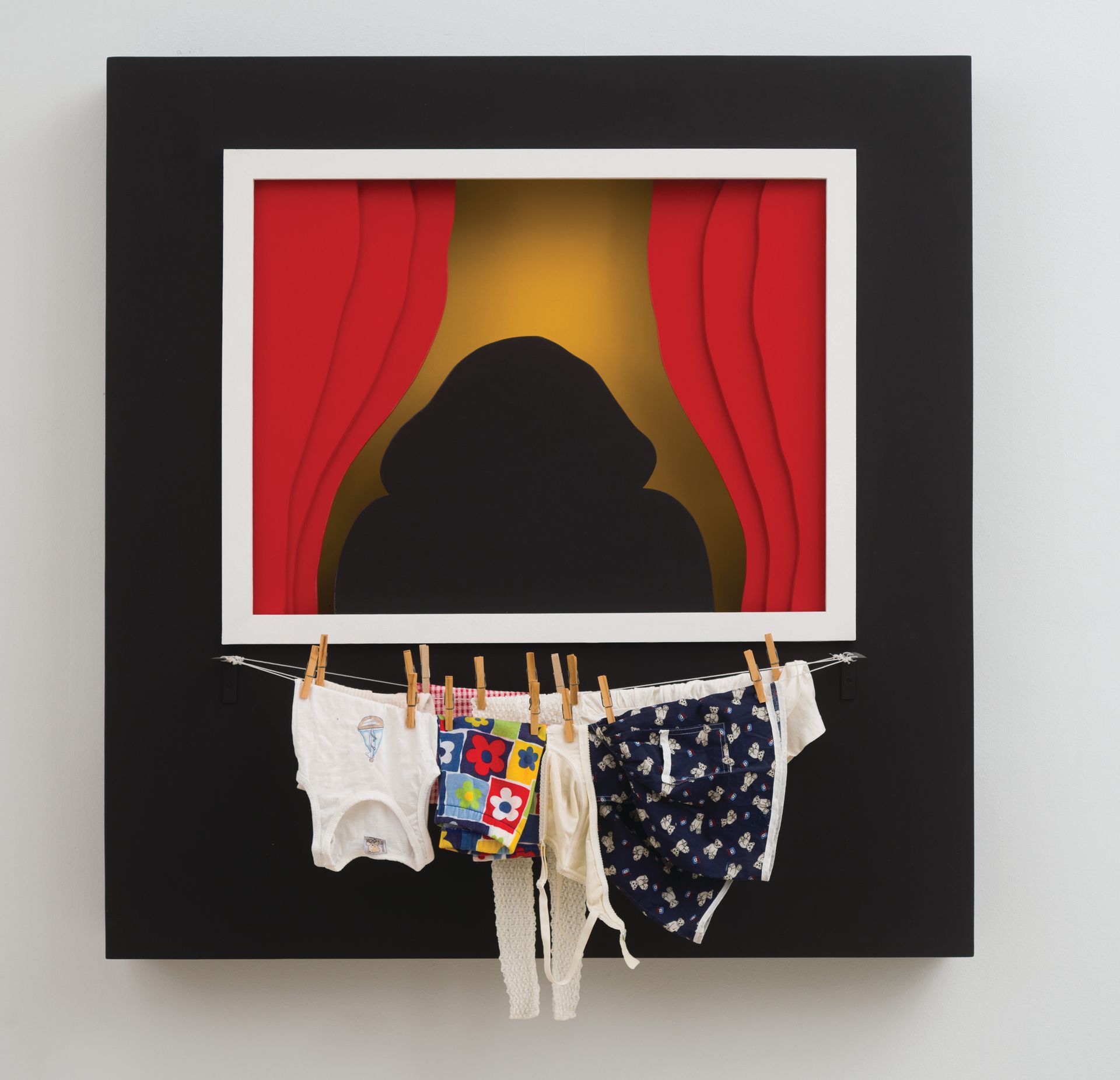
Toda Percepción es una Interpretación: You Are Part of It Until 12 March 2017
Cisneros Fontanals Art Foundation
In the essay The Philosophy of Toys (1853), the French writer Charles Baudelaire proposes that children destroy their playthings in order to find the “soul” of an inanimate object that imitates humanity. This show takes that idea and applies it to art, suggesting that “all works of art exist conceptually and that all art introduces an interpretative challenge”, in the words of Eugenio Valdés Figueroa, the director of the Cisneros Fontanals Art Foundation, who co-organised the exhibition.
The show dives deep into these existential chasms, with a catalogue that includes essays by the art historian Serge Guilbaut and philosopher Zygmunt Bauman, as well as texts from some of the participating artists. Even the show’s title, which translates as “all perception is an interpretation”, is taken from a statement made by the Argentinian artist Liliana Porter. In Miami, Porter has recreated Wrinkle Environment (1969-2016), an interactive work originally presented at the Caracas Museum of Fine Arts in Venezuela.
The exhibition includes 49 drawings, collages on paper, paintings, sculptures, photographs and video installations by 38 international artists—including the French artist Kader Attia and the Cuban Glenda León—who all deal with “the metaphorical and the speculative”, says Figueroa.
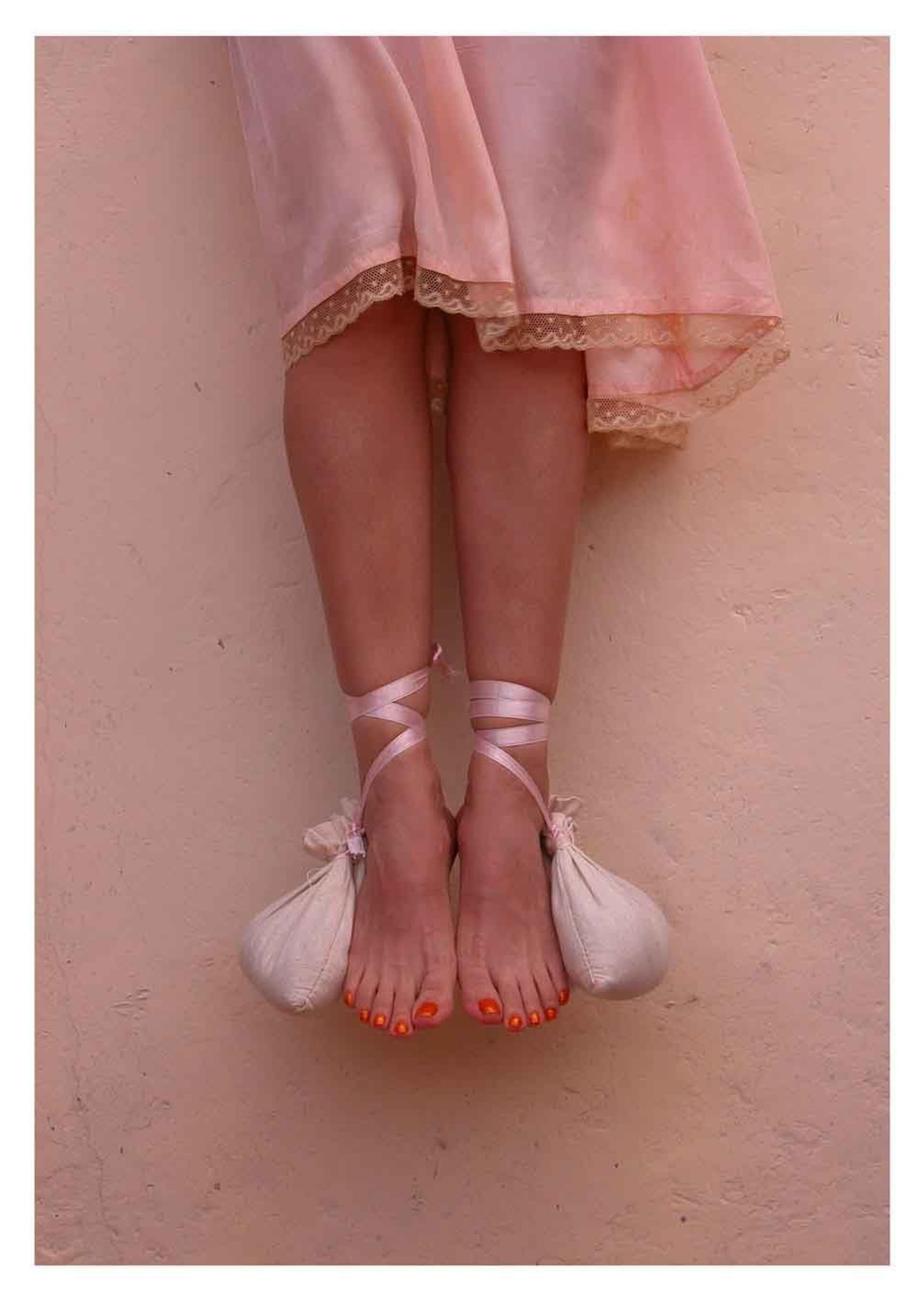
Unconscious Thoughts Animate the World: Selections from the Shelley and Donald Rubin Private Collection Until 7 May 2017
Jill Deupi, the director of the Lowe Art Museum, describes these works by Cuban female artists as telling “beautifully wrought stories of not only longing and injustice but also strength and triumph”.
The chalcographic print Seremos como el Che (We will be like Che, 1993) by Sandra Ramos, for example, symbolises hope in the face of Cuba’s harsh economic reality. A photograph by Cirenaica Moreira, No soy yo, es mi cuerpo el eque recuerda (It is not I, it is my body that remembers, 2003-06) shows a woman’s legs weighed down by pink sandbags fastened with ribbon, like ballerina slippers.
Deupi cautions against seeing the show as women-centric. “In a perfect world, it would just be an exhibition of work by Cuban artists who happen to be women.”
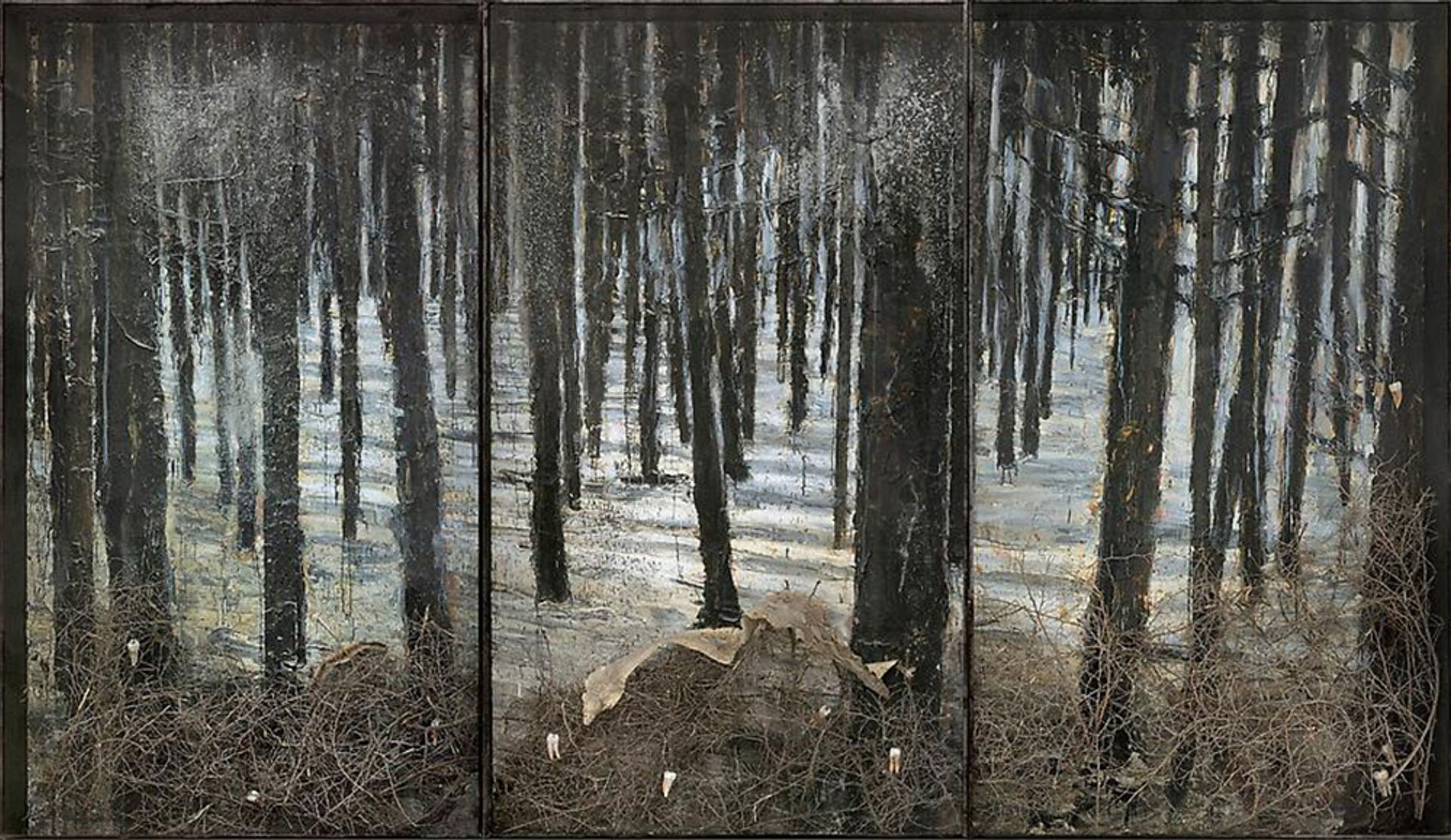
Regeneration Series: Anselm Kiefer from the Hall Collection Until 13 August 2017
NSU Art Museum Fort Lauderdale
Anselm Kiefer, New Installation Until 29 April 2017
Margulies Collection at the Warehouse
Southern Florida gets a double bill of the German artist Anselm Kiefer, with a historical survey of his work at the Nova Southeastern University (NSU) Art Museum in Fort Lauderdale, complemented by a spotlight show of installations at the Margulies Collection in Miami’s Wynwood neighbourhood.
NSU kicks off its new exhibition series Regeneration, which examines artists’ responses to the devastation of the Second World War, with some 50 artist books, works on paper, paintings and sculptures by Kiefer, dating from 1969 to 2013 and drawn from the collection of the Palm Beach-based hedge fund manager Andrew Hall and his wife Christine.
Meanwhile, the Margulies Collection is presenting a newly acquired sculptural installation that has never been shown before. Drawing its title from Goethe’s Faust, Steigend, steigend, sinke nieder (rising, rising, falling down) (2009-12), joins several other sculptures by Kiefer at the Warehouse.
The Warehouse’s entrance had to be redesigned to accommodate the work, which came directly from Kiefer’s studio in Croissy-Beaubourg, France. Consisting of several stalks of white suspended over a base of broken concrete, stone and earth, the installation suggests regrowth and regeneration—a small, but significant, triumph over death and destruction.
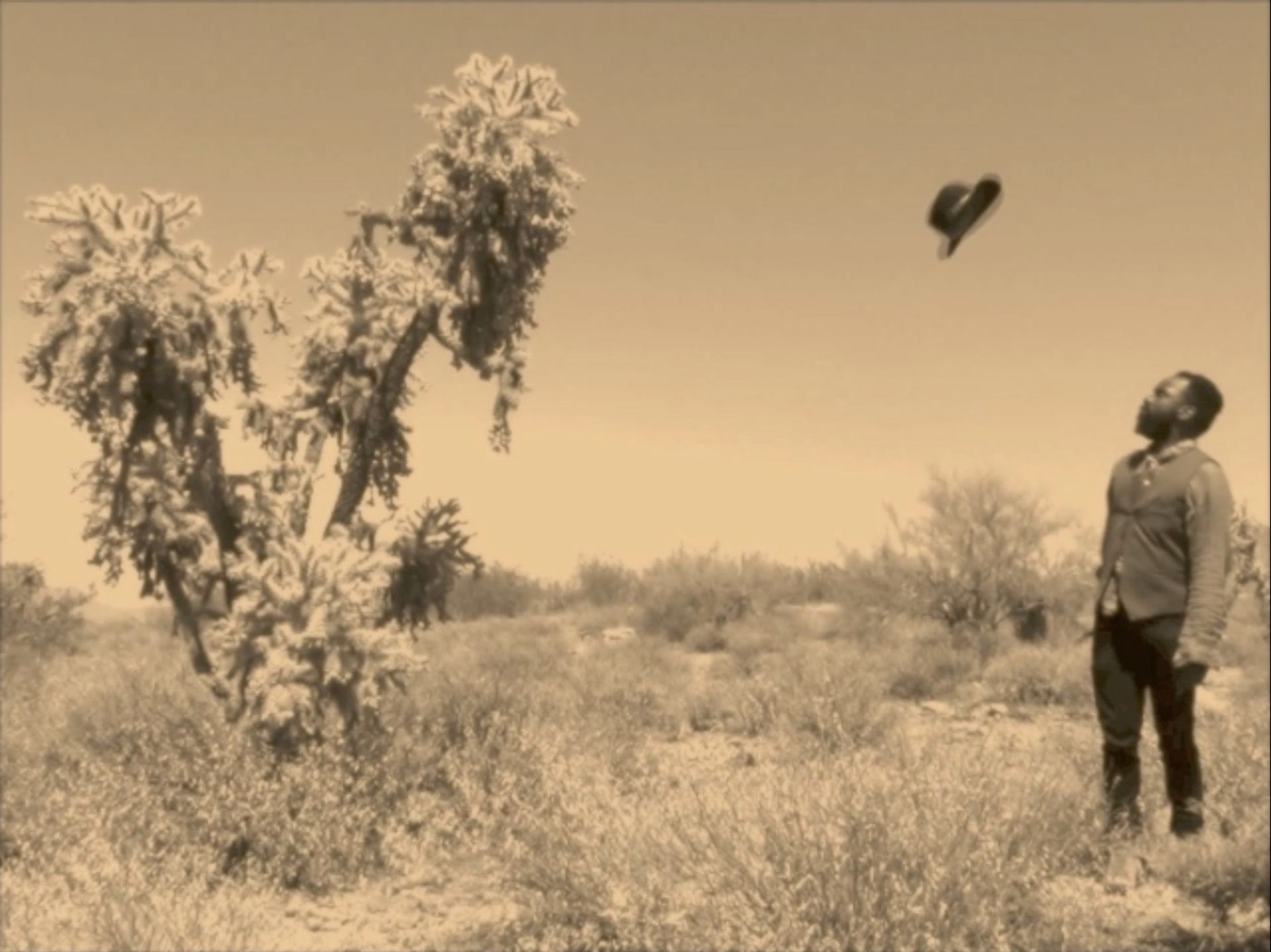
Samson Kambalu: Nyau Cinema Until 23 April 2017
NSU Art Museum, Fort Lauderdale
Ethnomusicologist, conceptualist, armchair philosopher and writer, Kambalu is something of a Renaissance man. For his first US solo, the London-based artist slyly and skilfully manipulates our preconceptions surrounding culture, identity and history, using a suite of 12 short films.
None is longer than a minute, and each is presented within an environment designed to encourage audience participation. (When The Last Judgment was shown at the 2015 Venice Biennale, Kambalu’s staging invited viewers to “exercise and exorcise” using footballs papered with Bible pages.) With their sped-up frames, jump cuts and non-linear structures, the black and white or sepia-toned films—spontaneous, episodic, naturalistic—recall the frenzied motions of Chaplin and experimental early work by Muybridge.
This “aesthetic of broken-down film”, Kambalu says, is inspired by the anarchic pseudo-movies he watched growing up in poverty-stricken Malawi, where, in the absence of intact footage, films were improvised and spliced. As Kambalu explains, this “Nyau” cinema (a Chewa word that roughly translates as “excess”) becomes “a way of escaping the limitations and conventions of everyday life”. Not unlike the Surrealists or the Situationists, Kambalu sees creative play—both his and our own—as perhaps the only thing to get us out of our own heads and histories.

